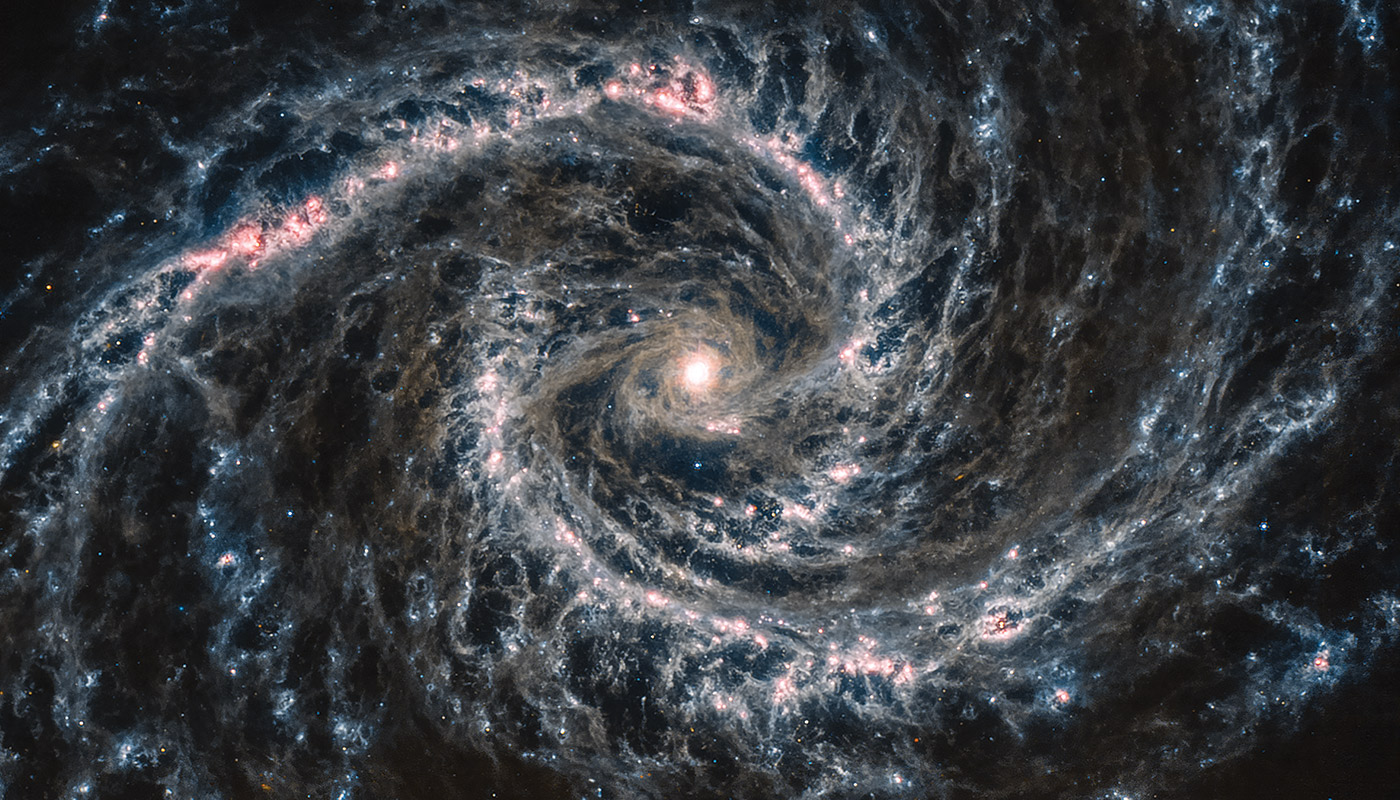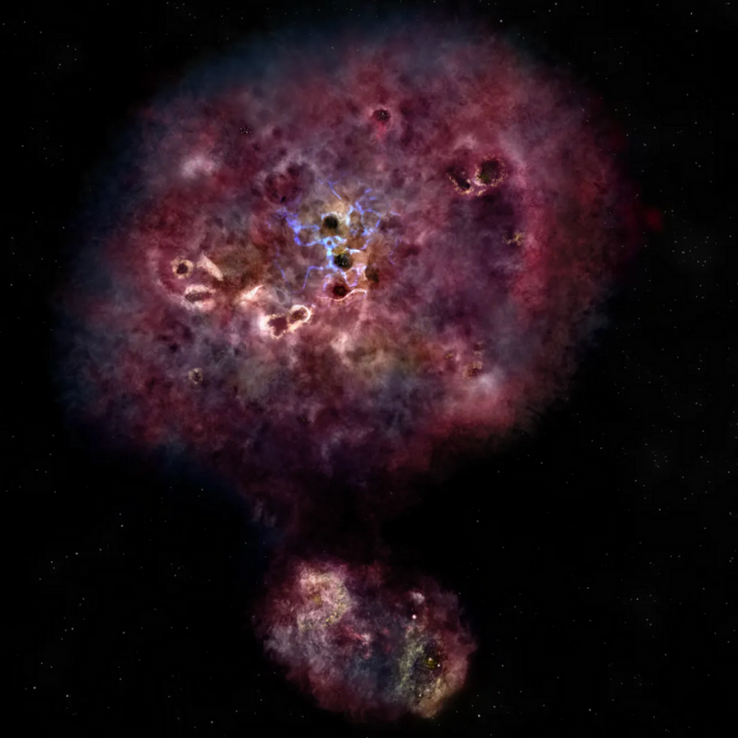Exploring the Origins of the First Stars, Galaxies and Black Holes
Combining observational and theoretical astrophysics, our researchers tackle key questions to improve understanding of the cosmic origins of the universe. We focus on three interrelated areas pertaining to complexities of the early universe, exploring the origins of stars, galaxies and black holes.
Leadership
|
Steven Finkelstein, Director Dr. Finkelstein is a Professor and the Associate Department Chair in the Department of Astronomy. He is the PI of JWST’s CEERS Survey, which provided humanity’s first glimpse into galaxy formation in the first 400 million years of cosmic time. He is also the Co-PI of the NGDEEP survey, JWST’s deepest look into the early universe. He plays key roles in the upcoming European Space Agency (ESA) Euclid telescope, as well as NASA’s next flagship observatory, the Nancy Grace Roman Space Telescope. Full profile » |
|
|
Core Faculty Members |
|
|
|
Mike Boylan-Kolchin, Professor |
|
Caitlin Casey, Associate Professor |
|
Dr. Chisholm studies the process of reionization, where the first galaxies heated the gas between galaxies in the early universe. His group makes use of spectroscopic observations to understand how energetic emission from galaxies accomplished this reionization process. He is the Co-PI of a Cycle 2 large JWST program, GLIMPSE, performing ultra-deep images on a galaxy cluster, leveraging “nature’s magnifying glasses” to probe even deeper into the early universe. Full profile » |
|
Dr. Jogee studies how galaxies developed their structure and built their stars, central back holes, and dark matter halos across cosmic time and environment. With JWST, her group is exploring the origin and evolution of galaxies similar to our own Milky Way at early times, paving the way for a deeper understanding of our cosmic origins. Full profile » |
|
Julian Muñoz, Assistant Professor Dr. Muñoz studies the early universe from the theoretical perspective, exploring how the mass and energy makeup of the universe affect the growth of early cosmic structures. He uses observations of the first galaxies to test models of dark matter and dark energy in the universe. Full profile » |
|
Paul Shapiro, Professor Dr. Shapiro is a theoretical astrophysicist, whose interests include the study of cosmic reionization with some of the largest-volume simulations, as well as the cosmological makeup of the early universe. Full profile » |
Guiding Questions
When did the first stars form out of the primordial hydrogen and helium made in the Big Bang, heralding the end of the Cosmic Dark Ages?
How did the first heavy chemical elements formed in their cores affect the evolution of the cosmos?
When and how did the first galaxies, the earliest progenitors of galaxies like our Milky Way, form?
How did these early galaxies accomplish cosmic reionization, the last major phase change in our universe?
How did the seeds for the supermassive black holes residing in today’s galaxies form and grow in the early universe?
How did these early black holes affect the evolution of galaxies and cosmic reionization?
Fast Facts
UT Austin astronomers have been at the forefront of frontier discoveries:
- Our team has earned nearly 10% of all the time allotted for the James Webb Space Telescope—the most time awarded competitively to any single institution.
- We are also a founding partner of The Giant Magellan Telescope (GMT).
- Our faculty are active members of Euclid Observatory and the Nancy Grace Roman Space Telescope.
- UT Austin is home to TACC, the Texas Advanced Computing Center, and the most powerful supercomputer at a university, Frontera.
- Cosmic Frontier Center researchers are involved in the following JWST programs:
-
The Cosmic Evolution Early Release Science Survey (CEERS)
CEERS is providing humanity's first glimpses into the early cosmic epoch. By testing multiple JWST observational modes, CEERS allows for a wide discovery space. It is led by CFC's Steven Finkelstein and involves multiple UT Austin researchers.
-
As the largest of the initial JWST projects, COSMOS-Web explores a vast area of the cosmos to identify the most massive objects in the early universe. It is co-led by the CFC's Caitlin Casey and involves multiple UT Austin researchers.
-
The Next Generation Deep Extragalactic Exploratory Public Survey (NGDEEP)
NGDEEP is crafting JWST’s equivalent of Hubble’s renowned deep field, combining imaging and spectroscopy to deepen our understanding of the early universe. It is led by CFC's Steven Finkelstein and involves multiple UT Austin researchers.
-
GLIMPSE
GLIMPSE aims to obtain ultra-deep imaging observations of a galaxy cluster. This cluster's extraordinary mass serves as a natural magnifying glass, enabling observations of ultra-faint, extremely distant galaxies.
-
Recent Discoveries
|
UT Austin Astronomer Spies
|
|









 John Chisholm, Assistant Professor
John Chisholm, Assistant Professor










